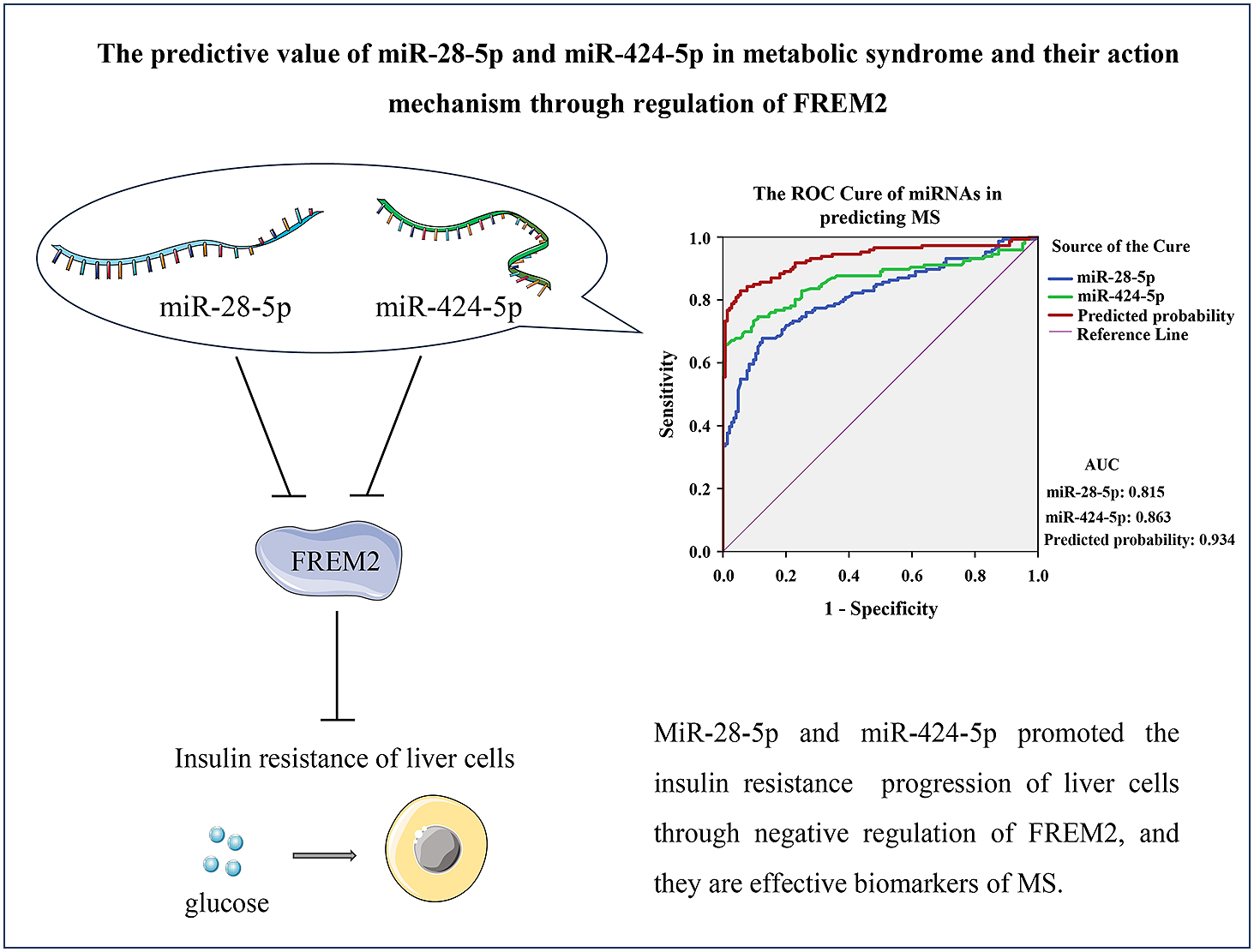Endocrine Journal
Our official Japanese journal "Naibunpigaku Zasshi" was first issued in 1925 and renamed as "Nihon Naibunpigaku-kai Zasshi" in 1927. In 1954 the first issue of English official journal "Endocrinologia Japonica" was published continuing to Volume 39 in 1992 and then renamed as the present "Endocrine Journal" from Volume 40 in 1993.
Visit Journal Website.
もっと読む
Visit Journal Website.
一般社団法人 日本内分泌学会
が発行
収録数 6,914本
(更新日 2025/07/31)
(更新日 2025/07/31)
Online ISSN : 1348-4540
Print ISSN : 0918-8959
ISSN-L : 0918-8959
Print ISSN : 0918-8959
ISSN-L : 0918-8959
1.9
2023 Journal Impact Factor (JIF)
2023 Journal Impact Factor (JIF)
ジャーナル
査読
オープンアクセス
HTML
早期公開
DOAJ Scopus Pubmed
DOAJ Scopus Pubmed




